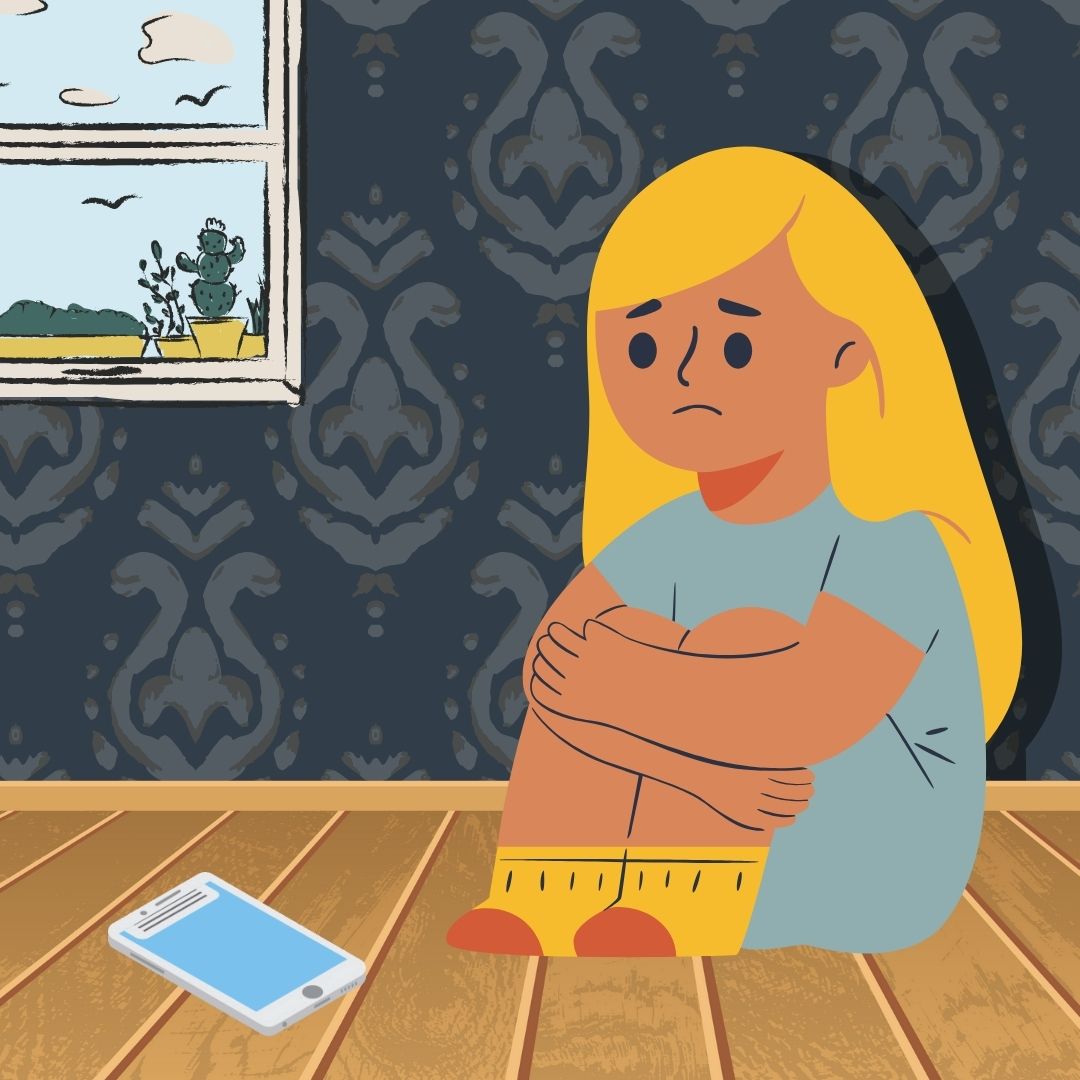Illinois Passes New Law to Protect Child Influencers
Oct 04, 2023
By: Quizzy Toca, Annual Content Creation Specialist | Digital4Good
We have recently seen the evolution of a new working industry revolving around digital entertainment: content creators, influencers, and social media models. However, when it comes to posting family content, is the public exposure of these children doing more harm than good, and is this an act of exploitation?
Illinois Protects Earnings of Child Influencers
On August 11th, 2023, Illinois officially became the first state of the United States to establish a law protecting the rights of social media child stars.
The governor of Illinois had signed bill S.B. 1782 to be initiated on July 1st, 2024. The bill stated that children under 16 who are shown in more than 30% of content in a 12-month period are to be given a percentage of the money earned from monetized vlogs any individual includes them in. Earnings from content shared with the “likeness, name, or photograph” of the children are to be put aside in a trust fund that can be accessed when they are 18. The amount of money put aside depends on the length of time that the child is featured.
As of right now the government does not actively enforce the law if the parents or vloggers do not meet this agreement; it is up to the child to take legal action against them when they are of age.
The Trend of Family Vlogging
Family vlogging has become a widely viewed genre since the start of YouTube. First, beginning with the family “Shaytard,” it had been a way to showcase how they live similarly to their viewers as it connected them to their fanbase. However, in recent years, it has evolved into something more disturbing.
The old tradition of recording home family videos differs from the videos we now see on YouTube. Instead, lots of what we see are orchestrated reactions meant to appeal reactions from viewers; holiday vacations, unboxing videos, and day-to-day activities become an act as fun activities equate to more views. However, with each post, families seek more extravagant ways to surpass their highest view count. Some have relied on conducting pranks on their children or loved ones, showcasing expensive items, and even scripting unfortunate life events.
Managing the Publicity
Although many families claim that their children enjoy being on video, the hours they spend on vlogging is not regulated. Additionally, without many laws surrounding working policies for children in this industry, children depend on their parents to provide legal consent and cannot attest to it themselves. Influencers of all ages are prone to sexualization and an invasion of privacy; some may not realize this until after they have become popular.
- Sexualization and Invasion of Privacy
Despite youth being the target audience for many of these family vloggers, it does not mediate who gets to view their content, and those with mal-intent have viewing access to underaged children. Many parents have taken this into account and have since chosen to refrain from showing their children online, yet many continue to post. Being subject to such abuse may impact these children’s self-perception and self-esteem.
- Mental Disorders
Maintaining exaggerated emotional responses also becomes mentally draining. It may create conflict on the emotional cues they’ll experience later as adults as they’ll want to act how others expect them to. Many mental disorders, such as anxiety and depression, are rooted in larger emotions that are being suppressed.
- Abusive Parental Relationships
In some cases, elements of abuse or neglect are hidden behind the camera. One widespread YouTube family ran a channel named “DaddyOfFive” from 2015-2017, popularized by their pranks on the family members. Pain and discomfort being a common theme of entertainment for people, the parents took it a step further in their pranks, specifically with their kids.

Some videos were made in order to upset their children, including titles such as “Dad Destroys Xbox One Prank”, “Room Destruction”, and “Cody Gets Kicked Out”. One video in particular stands out; the parents prompted their children to slap each other across the face as punishment for failing a water-bottle flip challenge.
In the end, the children were taken into custody and the parents went to jail.
Are Viewers Partially at Blame?
Abuse cannot be justified, though it begs the question of whether or not the popularity that fuelled the intentions and desire for these parents to film their children can also be tied to the actions of their viewers. Audiences are sometimes sadistic, laughing at the struggles of others because of the comfort of knowing that it’s not them in that situation. What we watch continuously, the algorithm boosts, and with viral media portraying unfortunate events on a daily basis, have we become desensitized to it?
We crave action. We crave drama. But, in turn, we encourage that affliction that leads to the downfall of us as consumers.
Sources:
https://ijrar.org/papers/IJRAR2001526.pdf
https://bcgavel.com/2021/12/09/the-dangers-of-family-vlogging-children-on-youtube/
Stay connected with news and updates!
Join our mailing list to receive the latest news and updates from our team.
Don't worry, your information will not be shared.
We hate SPAM. We will never sell your information, for any reason.


